Stone Product Catagory
As China’s premier stone manufacturer and supplier, EDG Stone proudly leads the industry with unmatched expertise and quality. We specialize in a wide range of stone products, including marble slabs & tiles, granite slabs & tiles, quartzite slabs & tiles, countertops, vanity tops, wash basins, interior stone solutions, sculptures, wall reliefs, artificial stone decor, mosaic designs, water jet medallions, and stone furniture. Our commitment to innovation, exceptional craftsmanship, and competitive pricing sets EDG Stone apart. With global delivery capabilities and strict quality control, we ensure every product meets the highest standards for both residential and commercial applications.
- Home
- >
- Catagory Name
Stone Tiles & Slabs
Stone tiles and slabs are foundational elements in modern architecture and interior design, prized for their enduring durability, natural beauty, and versatile applications. These products are typically crafted from high-quality natural stones such as marble, granite, limestone, travertine, and slate. Each material brings a distinct aesthetic: marble tiles offer elegant veining and a polished finish for luxurious spaces. At the same time, granite slabs provide robustness and resistance to scratches—ideal for high-traffic areas. Stone slabs, available in large, continuous sheets, are favored for expansive flooring installations, feature walls, and custom furniture pieces, allowing for minimal grout lines and a seamless visual flow. The production process involves precision cutting, surface polishing, honing, or flamed finishes, followed by rigorous quality checks to ensure uniform thickness and color consistency. Beyond aesthetics, stone tiles and slabs naturally regulate indoor temperature, providing a cooler feel underfoot in warm climates. They are also hypoallergenic and easy to maintain: routine sweeping and occasional sealing protect against stains and moisture. With a wide palette of colors—from the deep blacks of basalt to the creamy whites of Carrara marble—designers can create bespoke patterns, mosaics, and inlays that elevate residential or commercial spaces. In summary, stone tiles and slabs marry functionality with timeless elegance, making them a premier choice for flooring, cladding, and decorative accents in homes, offices, and public buildings.
Countertops, Vanity Tops, Wash Basins
Stone countertops are a hallmark of upscale kitchens and bathrooms, celebrated for their strength, heat resistance, and visual impact. Crafted from natural stones such as granite, quartzite, soapstone, and marble, these countertops are meticulously cut and polished to achieve a smooth, nonporous surface. Granite’s granular composition offers exceptional hardness and diversity of colors, ranging from soft earth tones to bold blues and blacks, while quartzite presents a quartz-like sparkle with enhanced durability, resisting scratches and etching. Marble countertops, known for their dramatic veining, introduce a timeless elegance but require more diligent sealing to prevent staining. The fabrication process includes digital templating, precision cutting with CNC machinery, edge profiling for customized bevels or ogee designs, and multiple polishing stages to achieve a lustrous finish. Stone countertops also support hygienic food preparation; their dense structure inhibits bacterial growth and simplifies cleaning with mild detergents. Culinary enthusiasts appreciate that the surface can dissipate heat rapidly, protecting it from moderate temperature fluctuations. Beyond functionality, stone countertops act as a focal point in kitchen layouts, complementing cabinetry and backsplashes. They can be integrated with undermount sinks, seamless cooktop cutouts, and waterfall edges for a contemporary flair. Ultimately, stone countertops blend practicality with sophistication, elevating the overall value and appeal of residential and commercial interior spaces.
Interior Stone Products
Interior stone products encompass a wide range of decorative and functional elements designed to enhance living and working spaces with the inherent beauty of natural stone. This category includes carved stone fireplaces, accent walls clad in marble or travertine, staircase treads, window sills, and custom-built stone furniture like coffee tables and benches. Each product capitalizes on stone’s thermal mass, which helps regulate indoor temperatures and contributes to energy efficiency. Marble mosaics and patterned inlays can create focal points in entryways or dining rooms, while limestone panels lend a rustic yet refined ambiance to living areas. Fabrication techniques involve precise cutting, CNC routing for intricate motifs, and finishing methods such as polishing, honing, or brushing to achieve desired textures. Stone cladding is often installed with stainless steel anchors or adhesive systems to ensure structural integrity and prevent moisture infiltration. Interior stone surfaces are hypoallergenic, resisting dust accumulation and promoting healthier indoor air quality. Sustained by periodic cleaning with pH-neutral cleaners and resealing, stone products retain their visual appeal for decades. Designers leverage the vast array of colors—from the warm beiges of travertine to the deep grays of soapstone—to complement diverse interior décor styles, whether contemporary minimalist or classic traditional. By integrating interior stone products, homeowners and architects create environments that balance aesthetics, functionality, and sustainability, showcasing how natural materials can elevate the character and longevity of built spaces.
Sculptures, Wall Reliefs
Natural stone sculptures and wall reliefs serve as artistic expressions that infuse spaces with cultural significance and tactile beauty. Carved from limestone, marble, sandstone, or granite, these three-dimensional artworks range from freestanding statues to bas-relief panels anchored on walls. Stone sculptors use chisels, pneumatic hammers, and diamond-tipped tools to painstakingly remove material and reveal intricate details—human figures, abstract forms, or narrative scenes. Marble, prized for its smooth grain and translucency, allows for lifelike representations and fine textural contrasts between polished and matte finishes. Sandstone and limestone, with their warm, earthy tones, often feature more rustic, weathered appearances suitable for historical or cultural installations. Once sculpted, pieces may undergo gentle sandblasting to highlight textural nuances or acid-washing for subtle color variations. Wall reliefs, whether in public plazas or private estates, can depict mythological stories, historical events, or abstract motifs that complement architectural facades. These reliefs are installed using stainless steel rebar dowels or mechanical anchors to ensure stability and alignment. Over time, stone sculptures develop a natural patina, deepening their visual character. Maintenance involves occasional dusting, gentle washing with mild detergents, and sealing where necessary to protect porous stones from moisture. Sculptures and wall reliefs in stone not only celebrate craftsmanship and creativity but also anchor spaces in tradition and enduring artistry, making them prized features in residential gardens, corporate headquarters, museums, and urban public art projects.
Wall Stone, Column, Stair
Wall stones, columns, and stone stair elements form essential architectural components that evoke solidity and timeless elegance. Walls can be clad in natural stone veneers—such as limestone, granite, or sandstone—providing both thermal insulation and aesthetic interest. These veneer panels are cut into modular units or veneer strips, then affixed to structural substrates with mortar or mechanical anchors. Joints are meticulously filled and tooling applied to achieve consistent grout lines that accentuate each stone’s natural textures. Columns carved from monolithic marble or granite blocks lend classical gravitas to entryways, porticos, and interior halls, while engineered stone columns offer cost-effective alternatives without compromising on durability. Precision in turning and fluting is paramount to maintain column symmetry and slenderness ratios. Stair treads and risers, fashioned from robust granite or travertine, ensure safe and long-lasting circulation paths; treads are often honed for slip resistance, and bullnose edges provide a smooth transition between steps. Installation of stone stairs requires accurate measurement and leveling to guarantee uniform riser height and tread depth, preventing trip hazards. For outdoor applications, stone steps may be rough-cut or flamed to enhance traction during inclement weather. Whether applied to a grand entrance staircase or a minimalist floating stair design, stone elements establish a harmonious link between functional necessity and aesthetic refinement. Through careful material selection, precise fabrication, and expert installation, wall stones, columns, and stairs become integral features that enhance architectural integrity and spatial cohesion in both residential and institutional projects.
Gravestones, Headstones
Gravestones and headstones crafted from natural stone stand as enduring memorials, commemorating loved ones with dignity and reverence. Common materials include granite, marble, and slate, chosen for their durability, resistance to weathering, and capacity for detailed carving. Granite is particularly favored for its hardness and extensive color range—blacks, reds, and greens—allowing for high-contrast inscriptions and artwork that remain legible for decades. Marble, known for its refined veining, imparts a classical elegance but requires periodic maintenance to prevent surface erosion in harsh climates. Slate, with its fine grain and deep gray-blue hues, offers a refined backdrop for engraved text and etched imagery. The fabrication process begins with the selection of a slab that meets specific thickness, color, and pattern requirements. Skilled artisans then use sandblasting or laser etching to inscribe names, dates, epitaphs, and ornamental motifs—angels, floral borders, or religious symbols—ensuring precision and consistency. Some headstones incorporate raised symbols or relief carvings, requiring careful chiseling and polishing to achieve three-dimensional depth. The back of each monument is leveled, and a concrete or granite base is sited precisely to prevent tilting or sinking over time. Once installed, gravel or turf is installed around the base to facilitate drainage and upkeep. Community regulations often dictate allowable dimensions, font styles, and surface treatments, ensuring uniformity in cemetery landscapes. By combining technical craftsmanship with emotional sensitivity, gravestones and headstones crafted from natural stone become lasting tributes that weather time, honoring the memory of individuals and preserving family legacies across generations.
Landscaping Stones, Pavers
Landscaping stones and pavers are essential elements in outdoor design, offering functionality, aesthetic versatility, and environmental benefits. Manufactured from natural quarried materials—such as granite, bluestone, sandstone, and limestone—these products are cut or split into modular paver units for pathways, patios, driveways, and garden accents. Granite pavers, recognized for their high compressive strength and frost resistance, endure vehicular traffic and fluctuating temperatures, making them suitable for driveways and commercial plazas. Bluestone and limestone pavers, with their earthy coloration and soft clefted surfaces, lend a rustic yet elegant charm to garden paths and pool surrounds. The production process includes precise cutting to ensure uniform thickness and edge tolerances, followed by thermal or flame finishes to enhance slip resistance, particularly important in wet environments. Installation involves a prepared base of compacted aggregate, bedding sand, and careful leveling, with pavers laid in herringbone, basketweave, or running bond patterns to distribute load and enhance visual interest. Joint material—such as polymeric sand—locks pavers in place, prevents weed growth, and allows for minor movement during freeze-thaw cycles. Landscape stones also encompass decorative boulders, seat walls, terracing blocks, and retaining walls, which are stacked or mortared to create structural garden features that prevent soil erosion and define outdoor living zones. Incorporating indigenous or reclaimed stone further promotes sustainable landscaping, reducing transportation emissions and showcasing local geology. By combining durability, low maintenance, and natural beauty, landscaping stones and pavers delineate inviting outdoor spaces that harmonize with the surrounding environment while providing long-lasting performance and curb appeal.
Artificial Stone Tiles & Slabs
Artificial stone tiles and slabs, often composed of engineered quartz, agglomerated marble, or high-density sintered materials, provide cost-effective, customizable alternatives to natural stone without sacrificing visual appeal. Engineered quartz combines crushed quartz aggregates with polymer resins and pigments to create surfaces that mimic marble, granite, or onyx, offering consistent coloration and patterning. These slabs are nonporous, highly resistant to staining, and require minimal maintenance, making them ideal for flooring, wall cladding, and bathroom applications. Agglomerated marble tiles utilize marble chips bound with resin, delivering a uniform surface that replicates the veining and brightness of premium marble at a lower price point. Sintered porcelain slabs—manufactured under extreme heat and pressure—exhibit exceptional hardness, UV resistance, and chemical inertness, suitable for both indoor and outdoor installations. These porcelain slabs are available in large formats, enabling seamless surfaces with minimal grout lines, ideal for contemporary minimalist designs. The fabrication process involves precision casting or pressing, CNC machining for edge finishing, and surface texturing techniques—polishing, leathering, or matte finishes—to achieve the desired tactile quality. Artificial stone slabs are also available in enhanced thicknesses for structural applications such as cantilevered shelves or exterior cladding. By leveraging modern manufacturing technologies, artificial stone products offer sustainable benefits: many are produced with recycled content, and the controlled fabrication process minimizes waste. Architects and designers appreciate the predictable performance and broad palette, spanning monochromatic tones to intricate marble-like veining, allowing for cohesive coordination across multiple project elements. Consequently, artificial stone tiles and slabs present a versatile, durable, and visually consistent solution for residential, commercial, and hospitality environments.
Artificial Stone Decor, Mosaic, Furniture
Artificial stone décor, mosaic, and furniture harness engineered materials to replicate and enhance the aesthetics of natural stone while expanding creative possibilities. Engineered stone mosaics—often composed of quartz or composite resins—feature tessellated patterns in varied shapes, sizes, and colors, enabling intricate geometric designs for accent walls, backsplashes, and art installations. These mosaics maintain uniform grout lines and color consistency, eliminating the irregularities sometimes found in natural stone mosaics. Artificial stone furniture pieces, such as coffee tables, console tables, and benches, leverage large-format slabs or cast stone to create monolithic forms with sculptural presence. Advantages include precise edge detailing, integrated lighting channels, and embedded functional elements—such as wireless charging pads—impossible with unmodified natural stone. Surface finishing techniques like leathering, honing, or matte polishing lend a refined tactile quality, while integral pigments ensure long-term color stability, even in sunlight-exposed settings. Production processes often incorporate recycled glass, metal flecks, or metallic powders for unique visual effects, such as iridescent sheen or subtle sparkle, expanding customization beyond what natural stone can provide. In addition, artificial stone is engineered to meet stringent performance criteria: it exhibits low water absorption, high flexural strength, and resistance to UV degradation, making it suitable for both indoor and semi-outdoor decor applications. Installation of small-format mosaics follows traditional thin-set methods, while larger furniture pieces arrive ready for placement, reducing on-site fabrication. Designers favor artificial stone décor for its ability to produce consistent, repeatable patterns across multiple units—critical for large-scale hospitality or retail projects—while delivering the tactile warmth and solidity that stone connotes. By blending cutting-edge manufacturing with artisanal finishing, artificial stone décor, mosaics, and furniture achieve a balance of functionality, aesthetics, and sustainable material usage.
Artificial Stone Countertops, Sinks
Artificial stone countertops and sinks, primarily crafted from engineered quartz or solid-surface composites, represent a convergence of performance engineering and refined design. Engineered quartz countertops blend 90–95% natural quartz aggregates with pigments and resin binders, forming slabs that exhibit remarkable hardness, nonporosity, and stain resistance. These surfaces are impervious to common household acids, oils, and mildew, eliminating the need for frequent sealing. Available in a virtually limitless color range—from solid neutrals to intricate marble-like veining—engineered quartz countertops maintain uniform patterns across entire slabs, facilitating clean, unbroken visual seams even in large installations. Sink basins can be seamlessly integrated or undermounted, fabricated from the same composite material, ensuring cohesive aesthetics and smooth transitions that prevent dirt accumulation. Solid-surface materials—composed of acrylic polymers and modified alumina trihydrate—offer thermoformability, allowing for fully integrated sinks with gentle curves and custom shapes. The solid-surface approach enables quick, on-site repairs: minor scratches can be sanded and polished to restore a pristine finish. Both engineered quartz and solid-surface sinks resist microbial growth due to their nonporous nature, promoting sanitary kitchen and bathroom environments. Installation entails precision routing by CNC machinery to accommodate plumbing fixtures and ensure accurate edge detailing, whether beveled, bullnose, or waterfall. The installation process also involves protective handling to avoid chipping the edges, given the rigidity of engineered stone. As sustainability gains prominence, many manufacturers incorporate recycled glass or silicon material in their composites, reducing their environmental footprint. In sum, artificial stone countertops and sinks combine durability, hygiene, and design versatility, making them a preferred solution for residential, commercial, and healthcare applications where function and aesthetics must coexist seamlessly.
EDG Stone's Stone Products
We have carefully crafted a series of outstanding stone furniture, which not only highlights the natural beauty and unique texture of stone, but also perfectly combines modern design concepts with exquisite craftsmanship. From luxurious and atmospheric living room coffee tables to elegant and simple bedroom bedside tables, each piece of stone furniture carries our ultimate pursuit of quality and art.
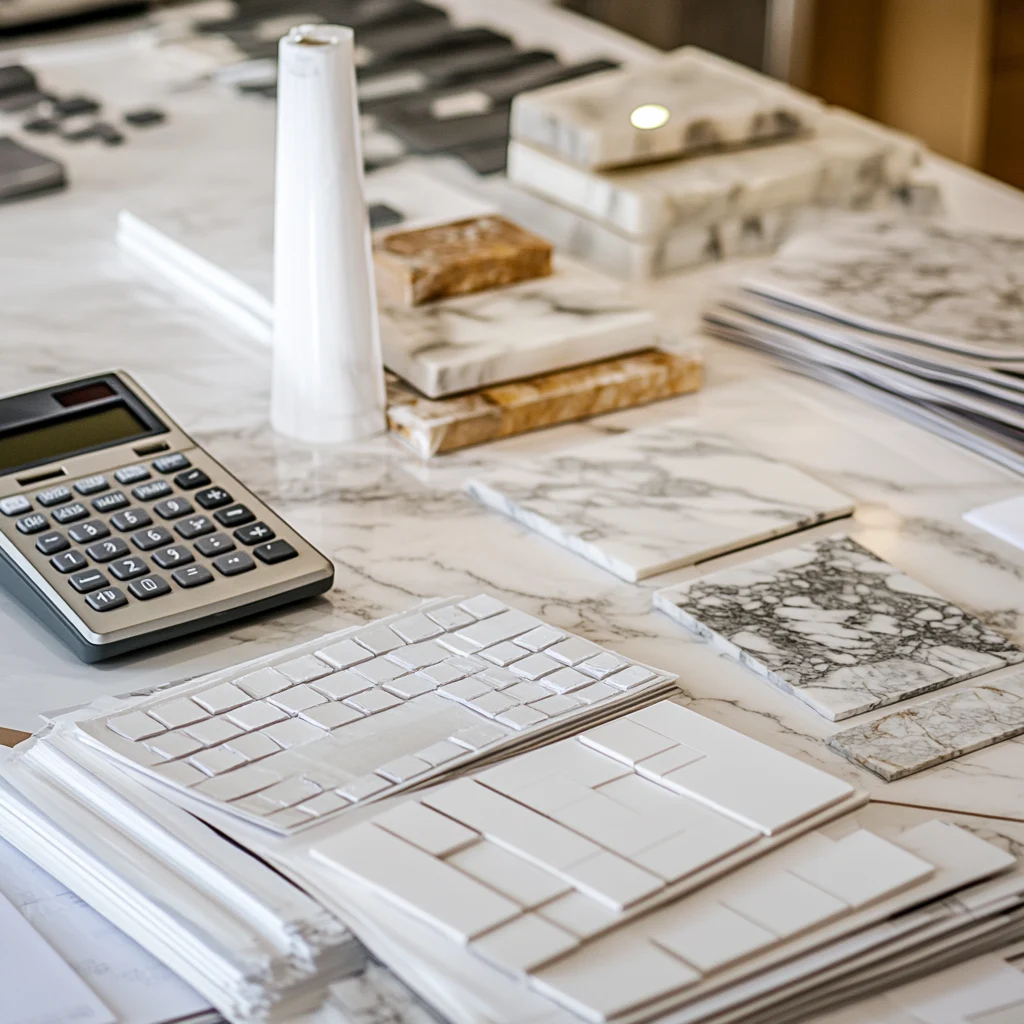
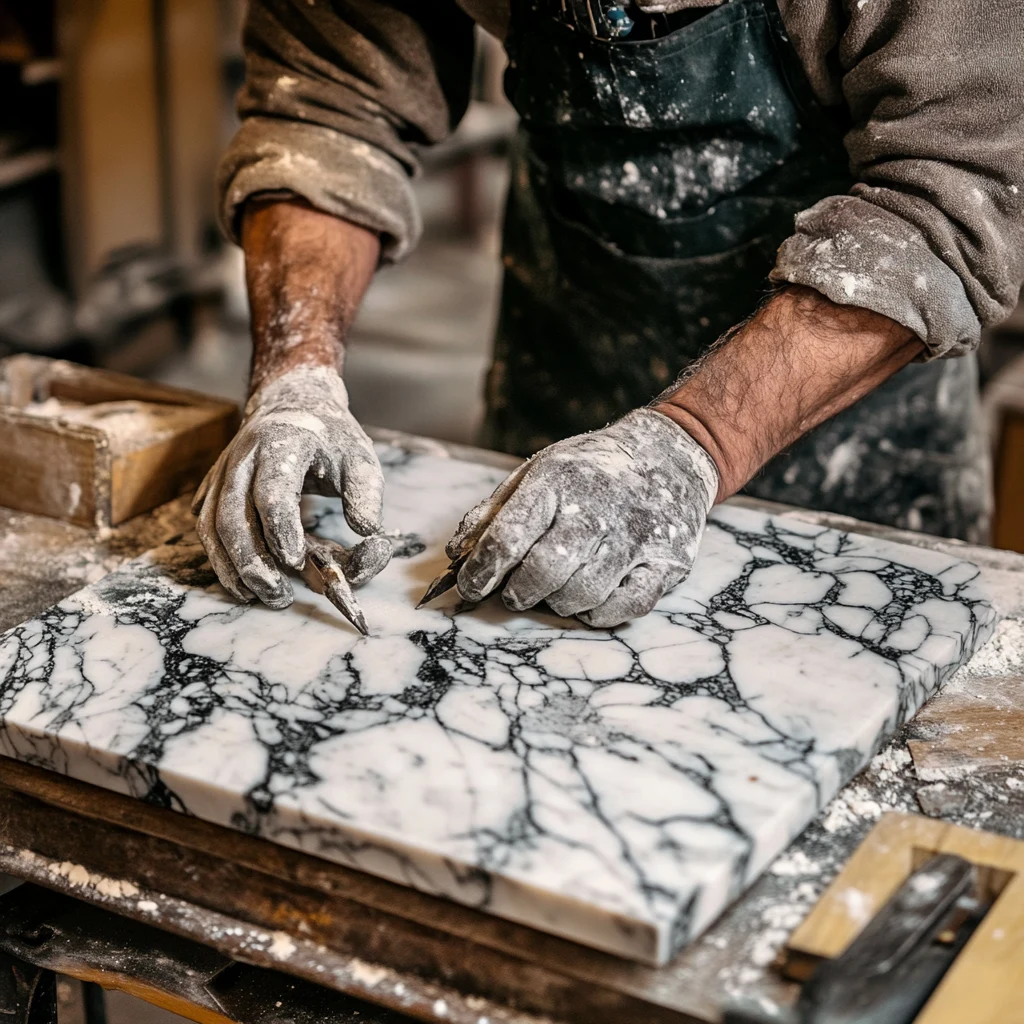
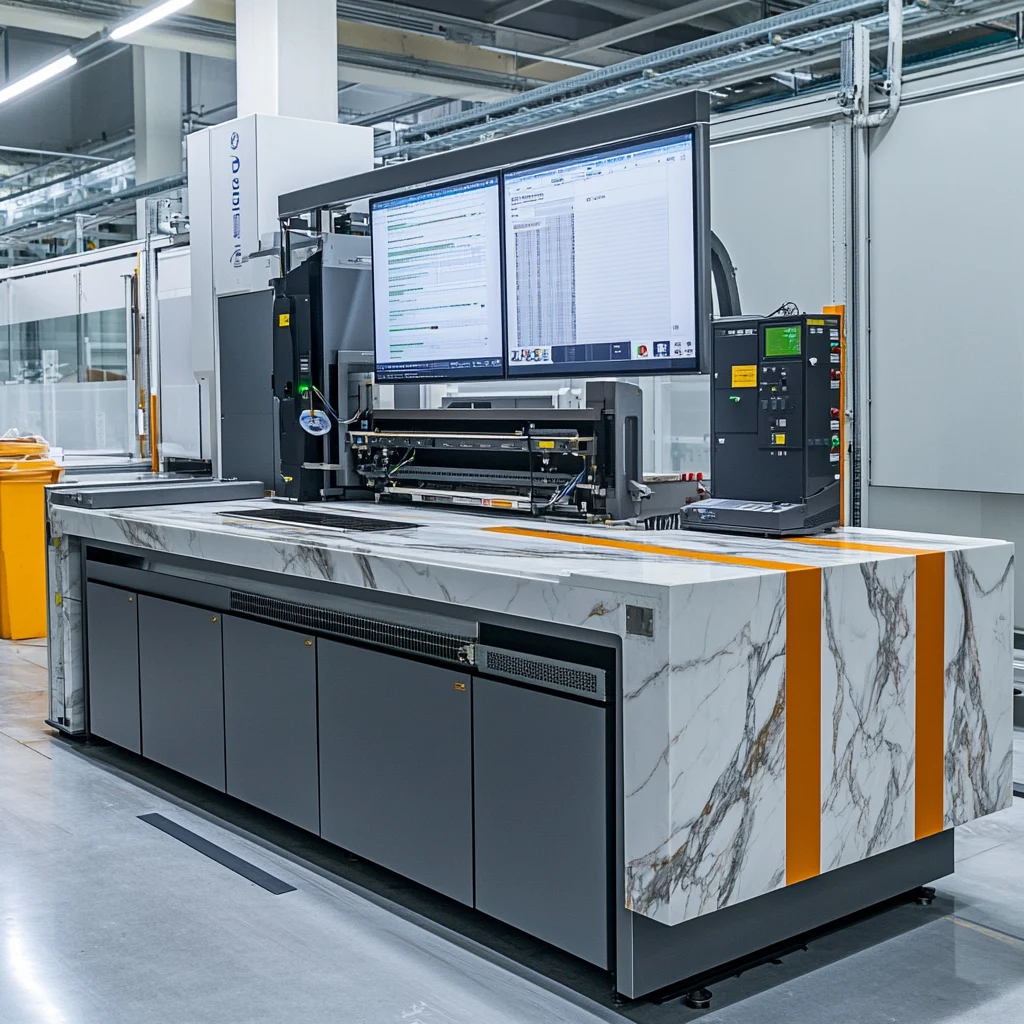
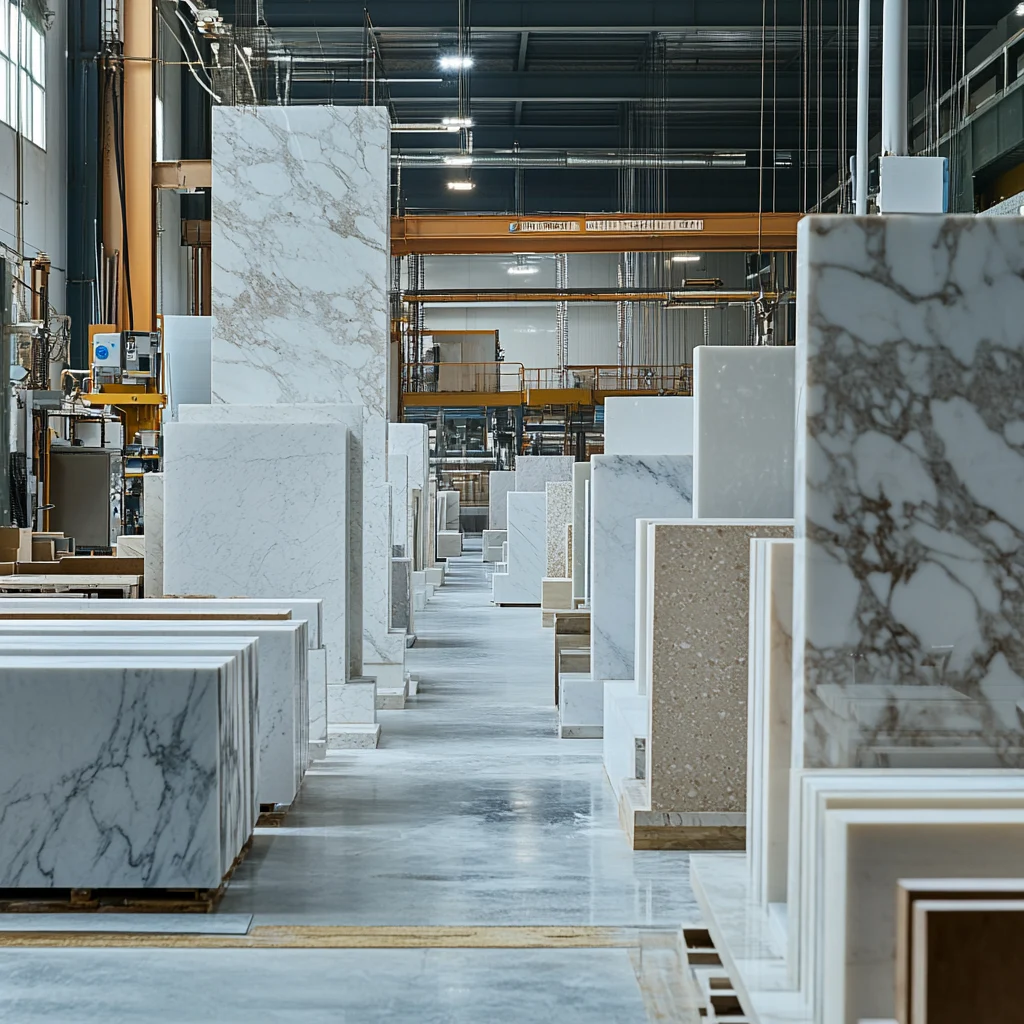

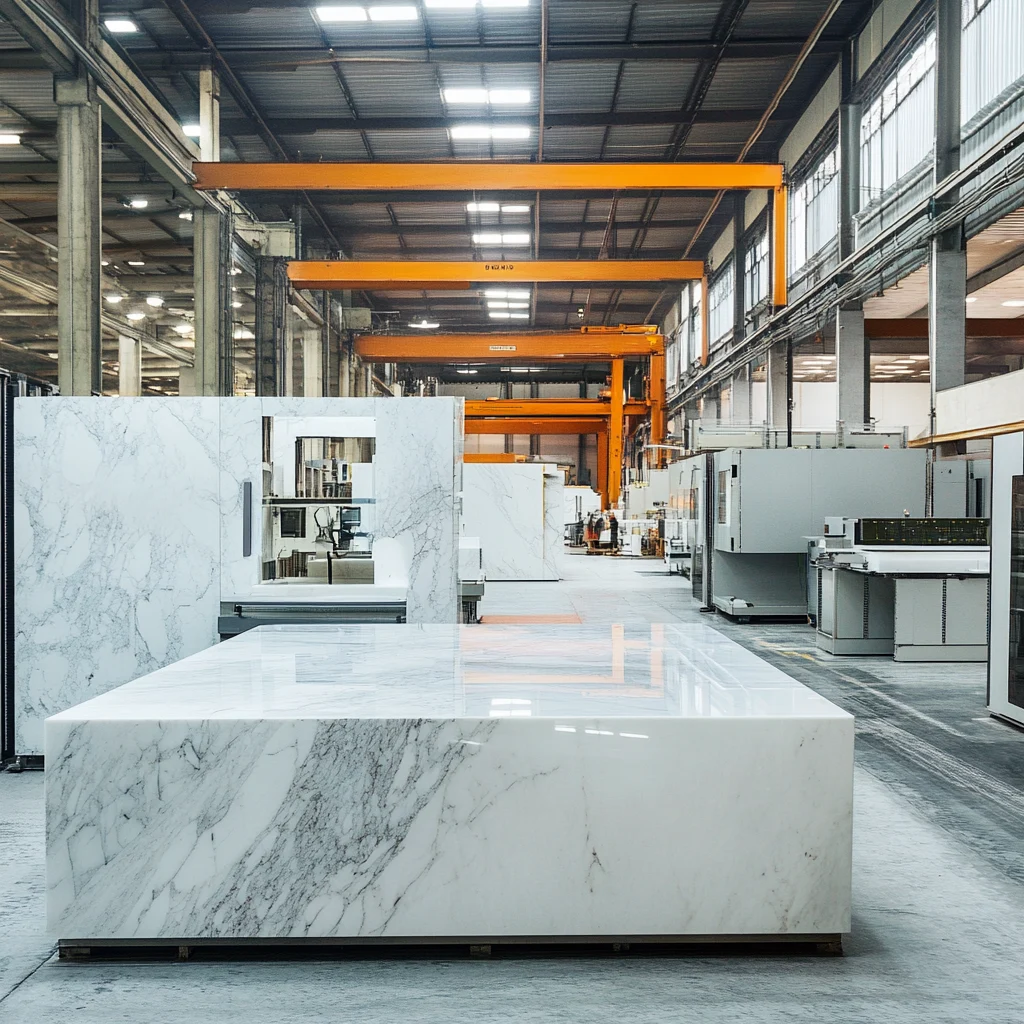
Why Choose EDG
At EDG Stone, we understand that coffee tables are not only practical pieces of furniture but also symbols of style and the focal point of a space. With over 20 years of experience, we provide high-quality stone solutions for residential and commercial spaces around the world. Whether it is marble, granite, or quartzite, our coffee table series perfectly blends beauty, functionality, and durability. EDG Stone has accumulated rich experience on projects in more than 70 countries. From modern to traditional designs, our coffee tables adapt to various interior styles and are widely used in high-end projects such as luxury homes, high-end hotels, and exclusive villas. We promise that every coffee table is not only a work of art, but also a persistent pursuit of quality and design.
- Q1: What types of natural and engineered stone products do you offer, and what are their typical applications?
A1: We supply a comprehensive range of natural stone products—including marble, granite, quartzite, and slate—and engineered stone options such as quartz composite, sintered stone, and solid surface. Typical applications include kitchen countertops, bathroom vanity tops, flooring, wall cladding, outdoor paving, and custom architectural installations. Each material is selected based on its durability, aesthetics, and suitability for the intended use. - Q2: Can you provide detailed specifications (dimensions, thickness tolerances, and surface finishes) for your natural and engineered stone slabs?
A2: Yes. Standard slab dimensions for natural stone are 3000 × 1500 mm with thicknesses of 20 mm, 30 mm, or custom upon request. Engineered quartz slabs typically measure 3200 × 1600 mm with standard thicknesses of 20 mm and 30 mm (±0.5 mm tolerance). Available surface finishes include polished (Ra ≤ 0.04 mm), honed (Ra ≤ 0.08 mm), leathered (Ra ≤ 0.12 mm), and etched/textured finishes. We can also accommodate custom-sized cut-to-size requirements with precise CNC edge profiles. - Q3: What are the minimum order quantities (MOQs) and lead times for both natural and engineered stone products?
A3: For natural stone slabs (marble, granite, quartzite), our MOQ is 50 slabs per material/color. Engineered quartz products have an MOQ of 100 slabs per color/pattern. Standard lead time for both categories is 30–45 days after order confirmation and deposit receipt. For expedited orders (20–25 days), a 7% premium applies. Sample lead time is 7–10 days for a single 600 × 600 mm slab sample. - Q4: How do you ensure quality control for your stone products, and what certifications do you hold?
A4: We employ a multi-stage quality control process including raw block inspection, slab surface calibration, dimensional verification, and final visual inspection for color consistency and defect rates (≤ 1%). Our facilities are ISO 9001 certified, and engineered quartz production meets ANSI/NSF standards. We also hold CE marking for European markets. Upon shipment, each pallet is inspected, photographed, and the QC report is included with the packing list. - Q5: What are your packaging standards and options to ensure safe transit for both natural and engineered stone?
A5: Standard packaging for slabs includes reinforced wooden crates with internal foam or rubber strips and waterproof plastic wrapping. Each slab is separated by protective corner guards. For smaller cut-to-size pieces or tiles, we use cardboard protective edges and palletization with stretch wrap. We also offer custom crating for high-value or oversized pieces. All packaging methods are designed to withstand long-distance sea or air freight and prevent corner chipping or surface scratching. - Q6: Can you provide pricing structures, including tiered discounts, for bulk purchases of natural and engineered stone?
A6: Yes. Pricing is tiered based on volume:
50–100 slabs: Standard unit price (no discount).
101–200 slabs: 3% volume discount.
201–500 slabs: 5% volume discount.
Above 500 slabs: 8% volume discount plus free freight consolidation.
For engineered quartz, additional discounts apply for multi-color orders or combined bulk orders exceeding 1,000 m². All quotes are FOB port (Shanghai, Ningbo) unless otherwise specified.Q7: What payment terms do you offer for international buyers, and are there any flexible options?
A7: Our standard payment terms are 30% T/T deposit upon PO confirmation, with 70% balance due before shipment. We accept irrevocable L/C at sight (documentary) for orders above USD 50,000. For long-term partners or repeat customers, we offer milestone-based payment schedules (e.g., 20% deposit, 50% before production completion, 30% pre-shipment) or 30-day net terms upon credit approval. All transactions are conducted in USD or EUR.8: Do you provide technical support or installation guidance for your stone products?
A8: Absolutely. We supply detailed installation manuals for each product category, covering substrate preparation, adhesive recommendations (epoxy, thin-set mortar), seam alignment tolerances (≤ 0.5 mm), and sealing procedures for natural stone. Our technical team is available for video consultations to guide on-site installers. We also offer free training webinars quarterly for large-volume clients to ensure proper handling and installation.Q9: What warranty and after-sales services are included with your natural and engineered stone offerings?
A9: Natural stone products come with a 12-month structural warranty covering material defects (cracks, delamination) under normal use. Engineered quartz carries a 15-year warranty against manufacturing defects and color fading. After-sales services include on-site defect assessment (upon claim), coordination of replacement shipments (≤ 2% defect allowance), and periodic material performance reviews for repeat customers to optimize maintenance schedules and extend product lifespan.Q10: Can you accommodate custom designs, edge profiles, or branding (e.g., private labeling) for both natural and engineered stone?
A10: Yes. We offer full customization services, including bespoke CNC edge profiles (beveled, ogee, waterfall), inlaid logos, and unique color or pattern developments for engineered quartz using proprietary pigment blends. For natural stone, we can source rare marble blocks to create exclusive veining and color combinations. Private labeling on packaging, sample boards, and digital catalogs is available at no additional cost for orders exceeding 200 slabs. Custom artwork or client-provided templates can be managed from design to final polish.
Contact Us
- Email: info@edgstone.com
- Phone: 0086-18759566040
- Whatsapp: 0086-18759566040
